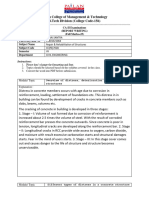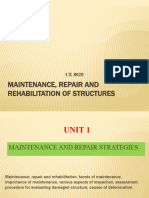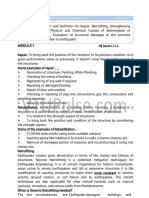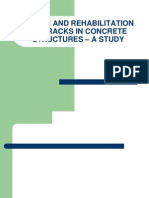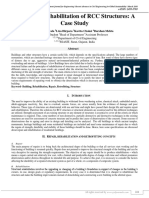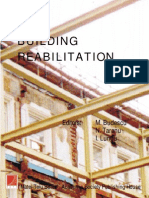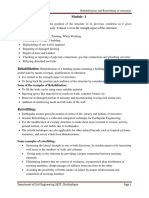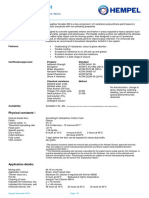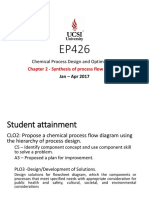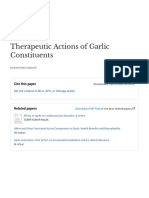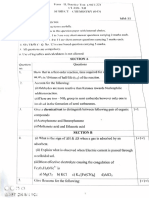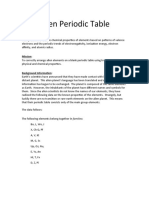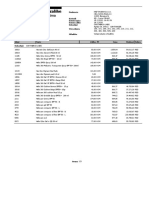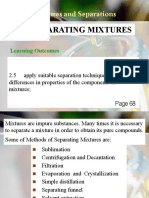0% found this document useful (0 votes)
9 views31 pagesLecture 2
The document discusses structural evaluation, focusing on the causes of maintenance and rehabilitation needs, including atmospheric agencies, normal wear and tear, and structural failures. It emphasizes the importance of preliminary inspections to identify distress types and their effects, such as cracks, spalling, and chemical attacks on concrete. The document also outlines prevention strategies for various types of non-structural damages during and after construction.
Uploaded by
ahmednabil493Copyright
© © All Rights Reserved
We take content rights seriously. If you suspect this is your content, claim it here.
Available Formats
Download as PDF, TXT or read online on Scribd
0% found this document useful (0 votes)
9 views31 pagesLecture 2
The document discusses structural evaluation, focusing on the causes of maintenance and rehabilitation needs, including atmospheric agencies, normal wear and tear, and structural failures. It emphasizes the importance of preliminary inspections to identify distress types and their effects, such as cracks, spalling, and chemical attacks on concrete. The document also outlines prevention strategies for various types of non-structural damages during and after construction.
Uploaded by
ahmednabil493Copyright
© © All Rights Reserved
We take content rights seriously. If you suspect this is your content, claim it here.
Available Formats
Download as PDF, TXT or read online on Scribd
/ 31

